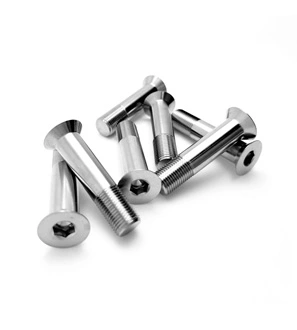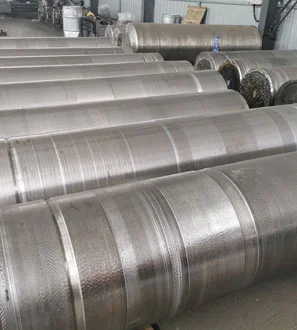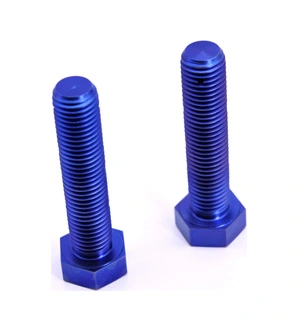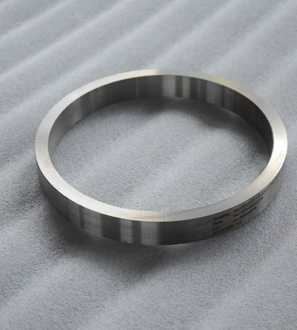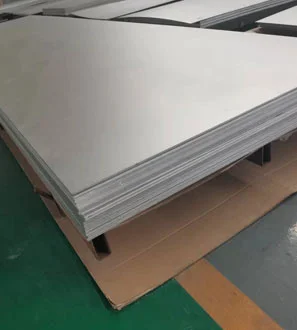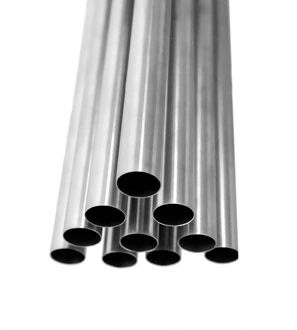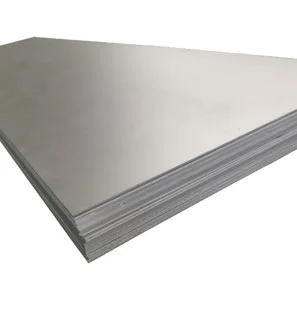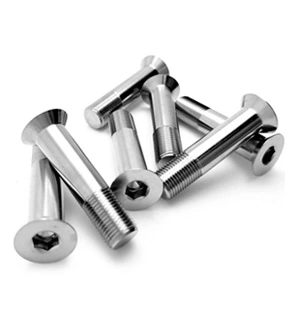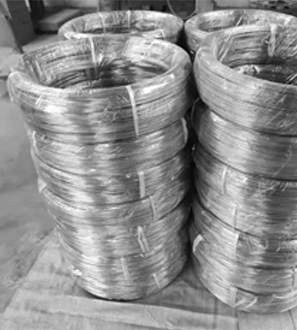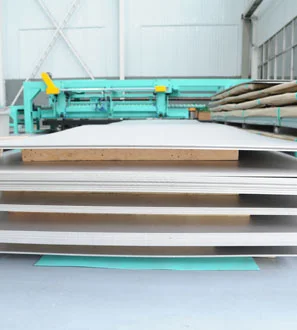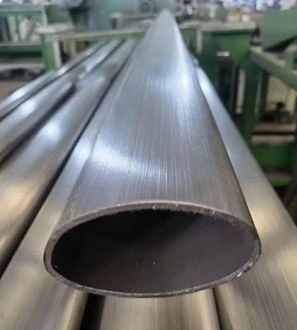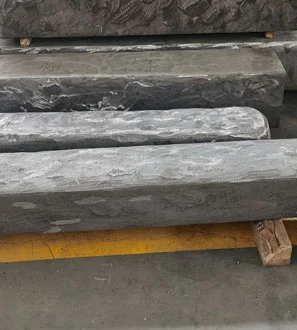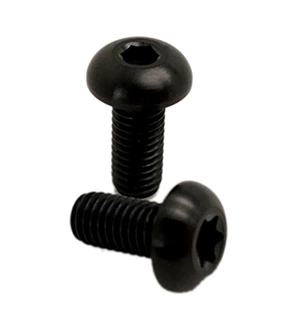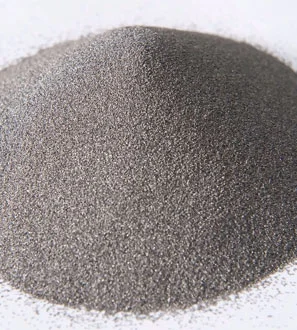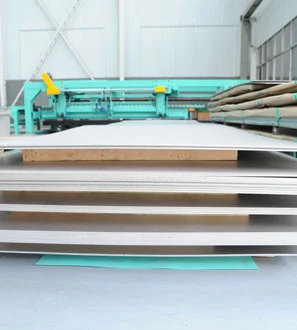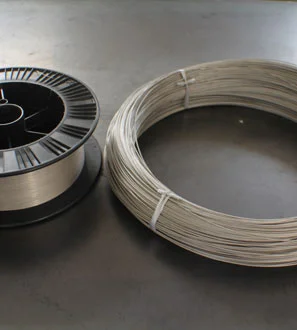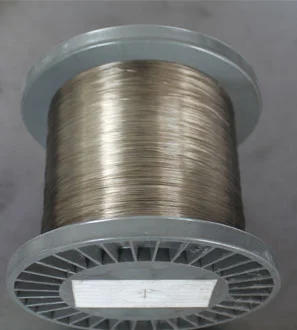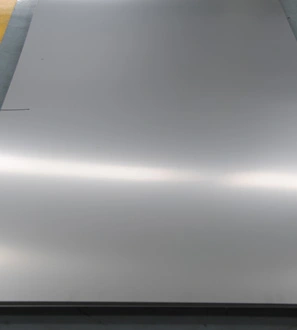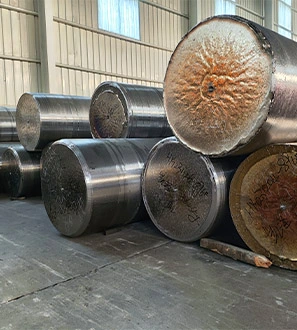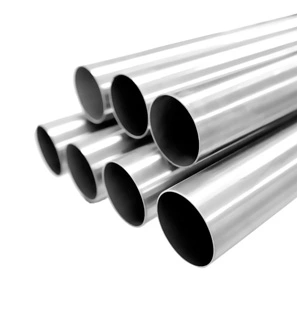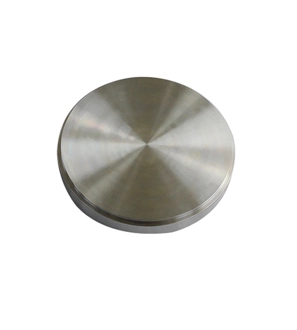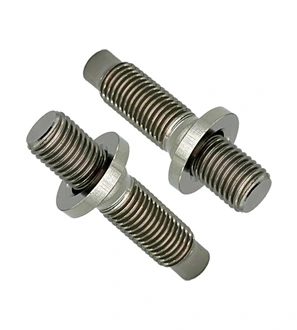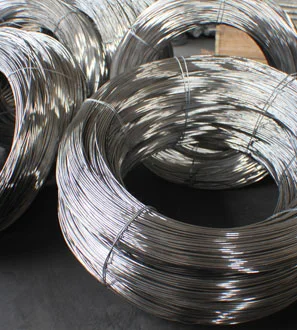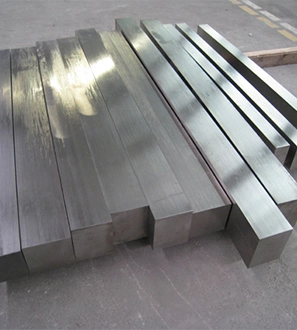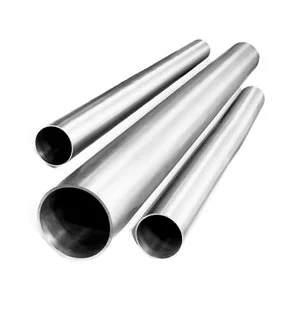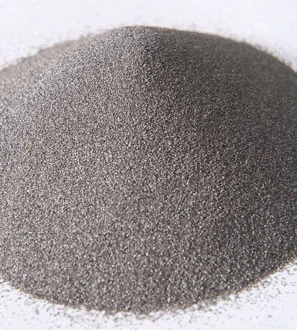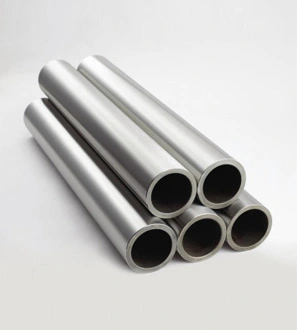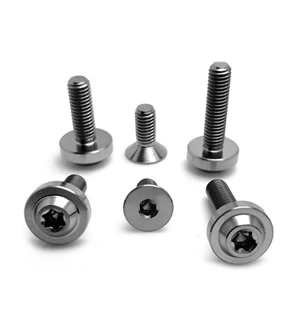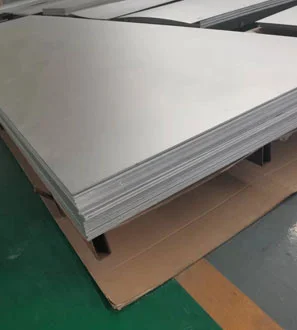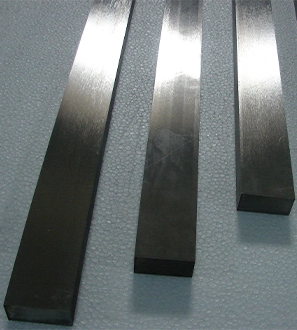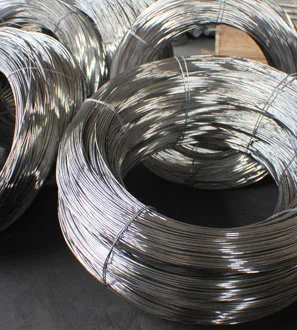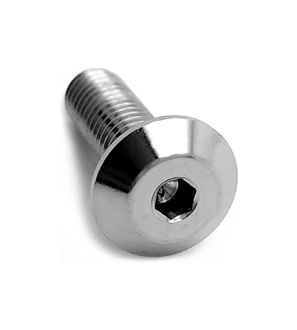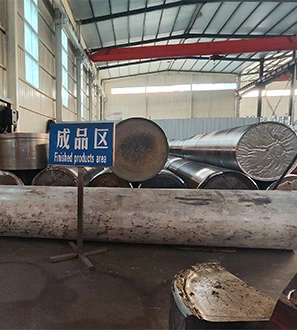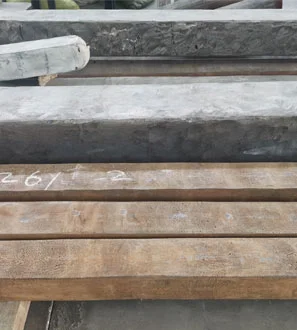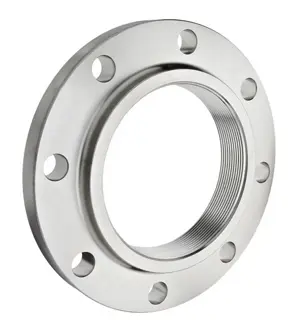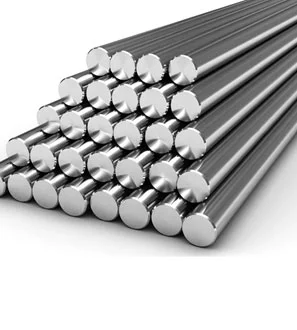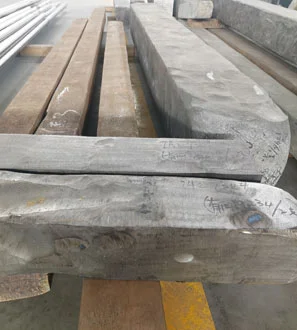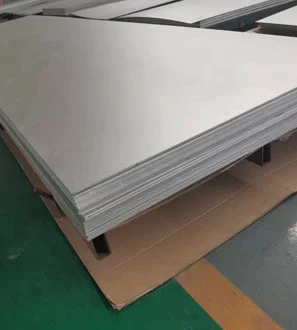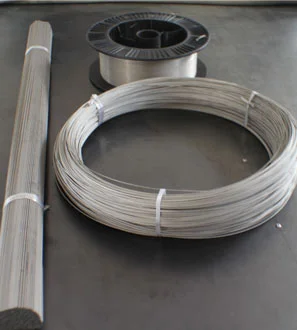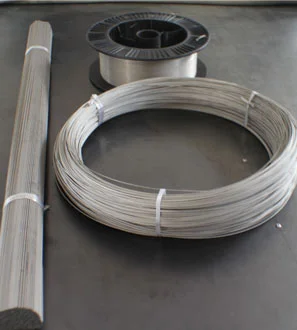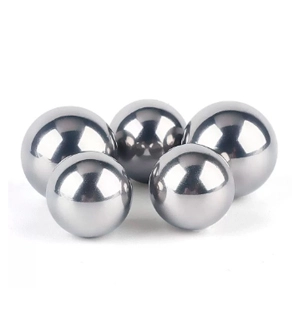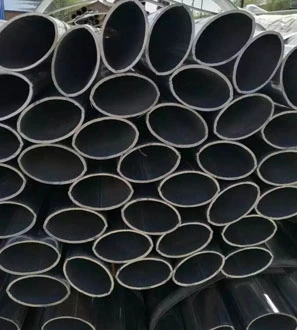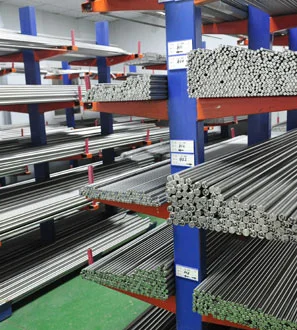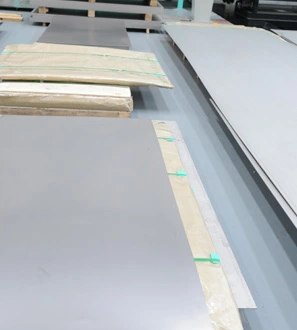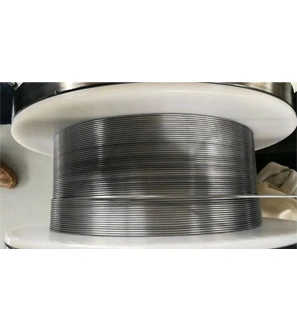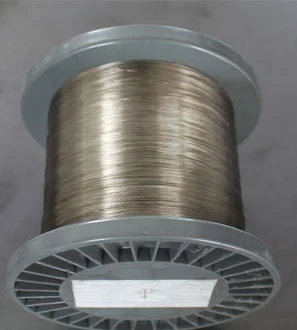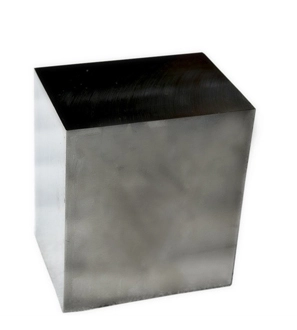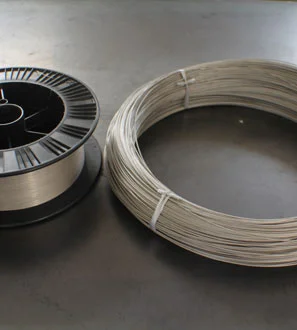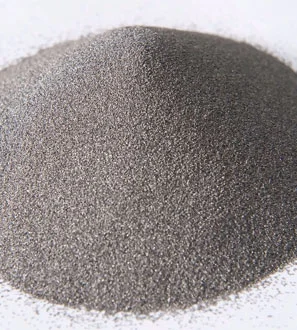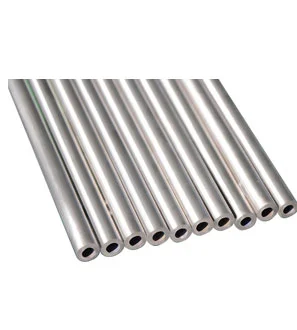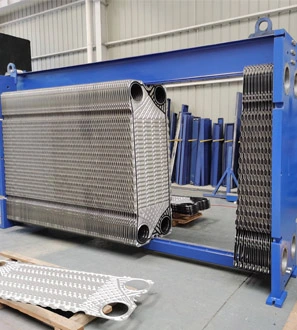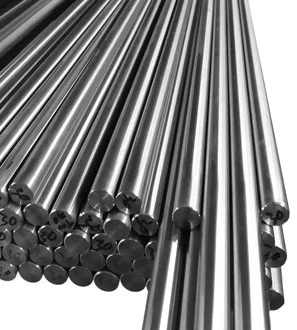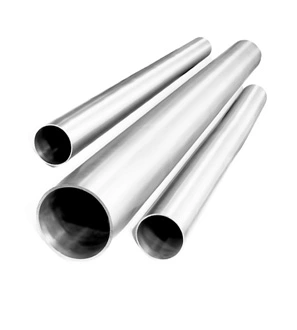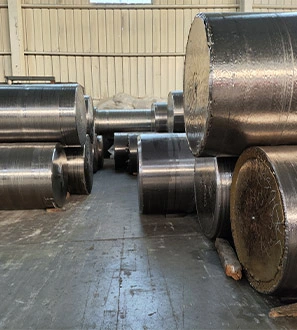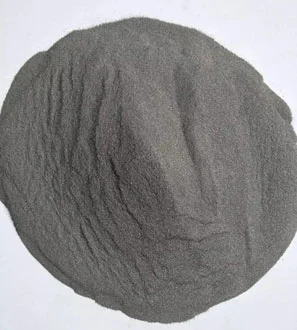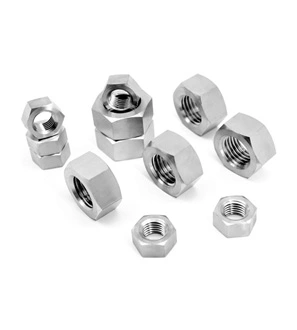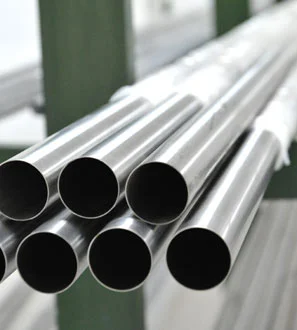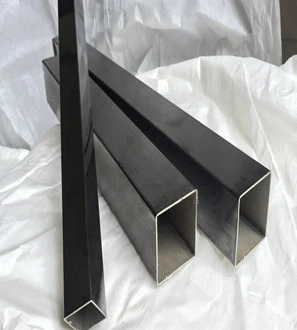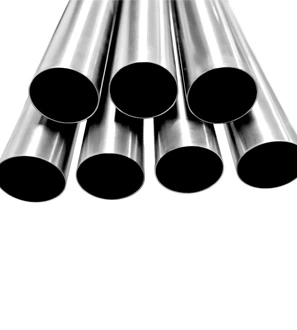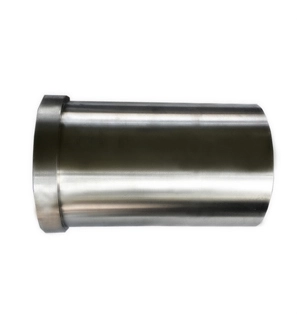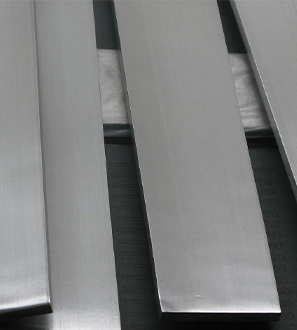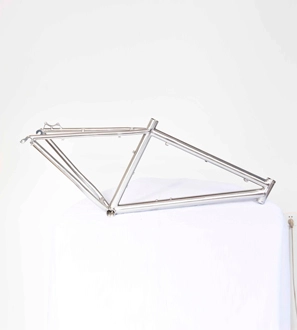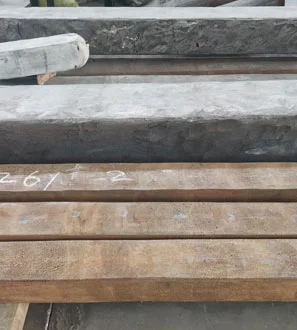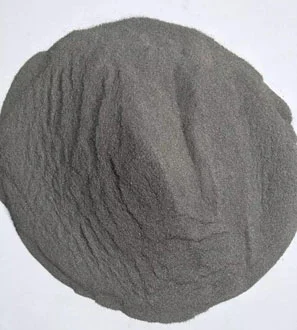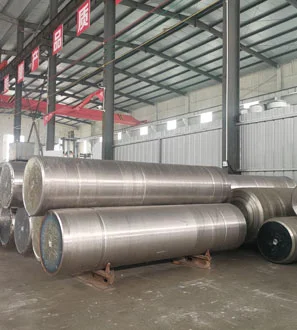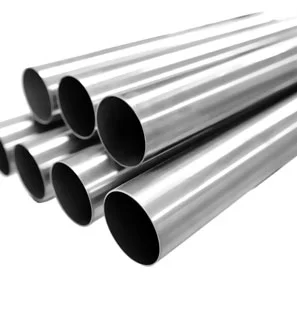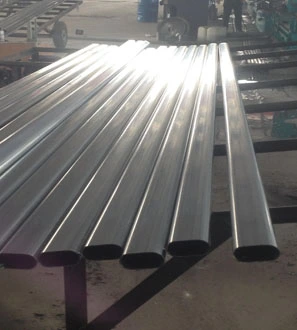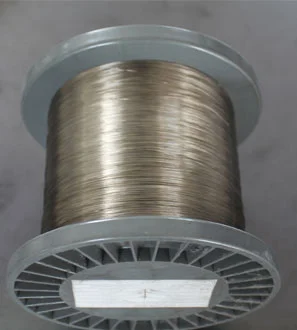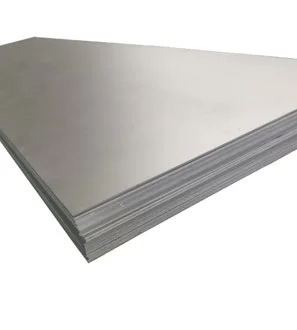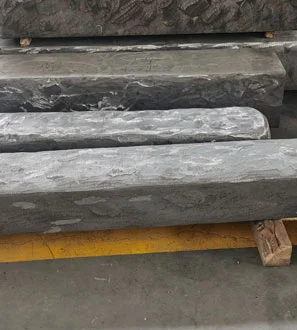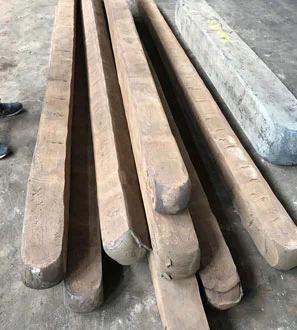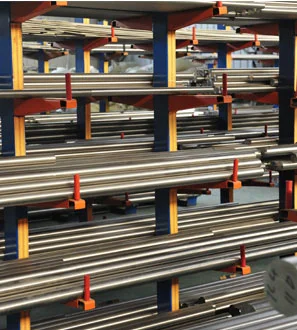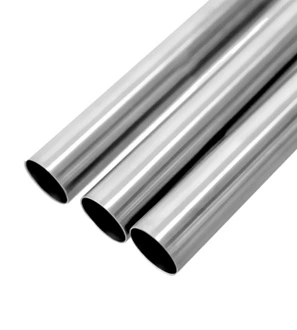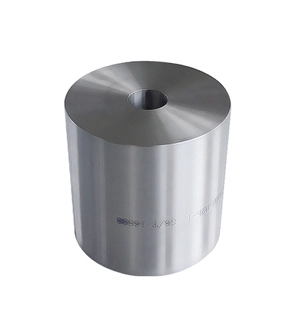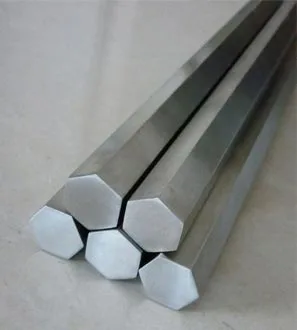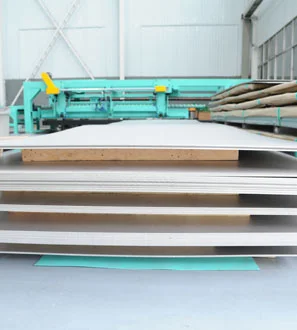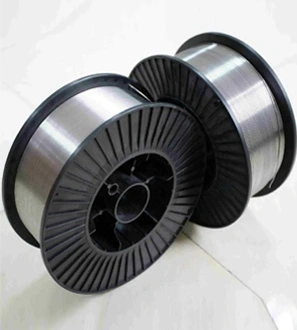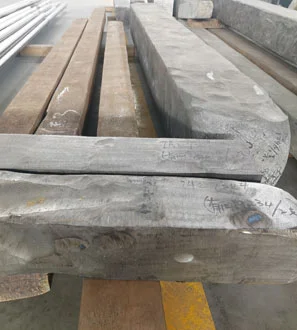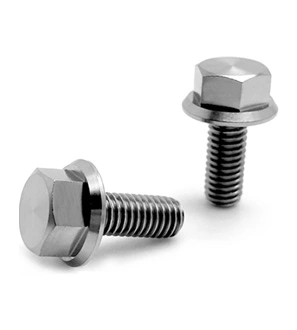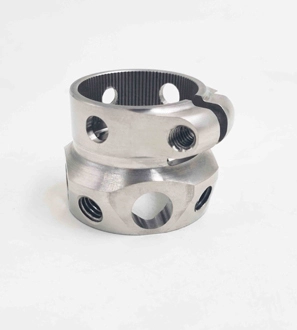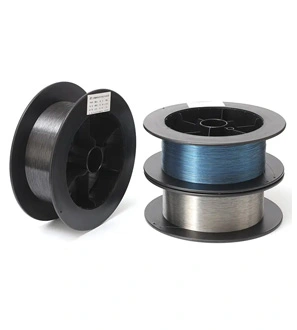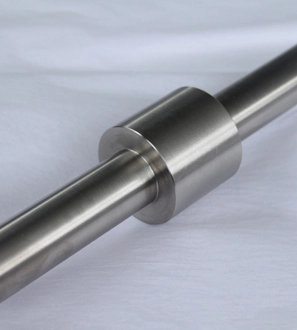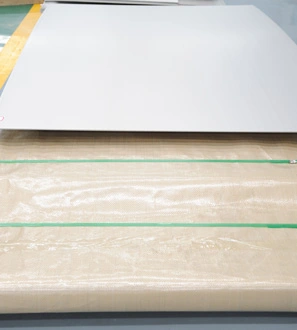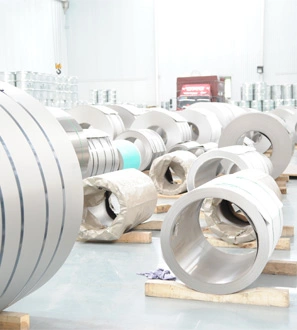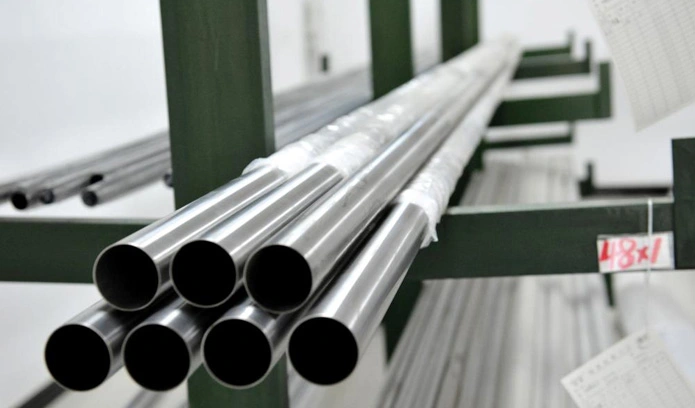Thank you for your
attention on Yesheng !
Overcoming Challenges in Titanium Alloy Machining: Four Major Obstacles and Seven Key Strategies
Titanium alloys, renowned for their exceptional lightweight and high-strength properties, have become increasingly prominent in the aerospace, medical, and emerging 3C consumer electronics sectors. They have particularly gained popularity as the material of choice for high-end smartphones. However, the excellent performance of titanium alloys comes with significant machining challenges, presenting obstacles that engineers must overcome.
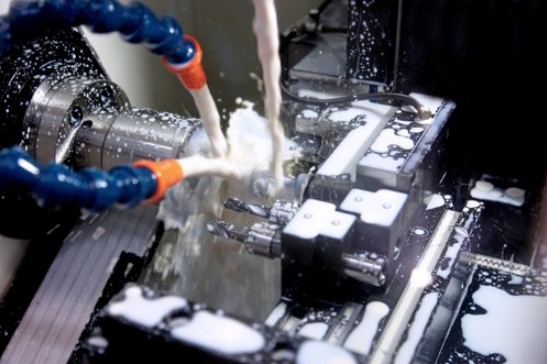
Four Major Challenges in Titanium Alloy Machining:
1、Heat Accumulation: The low thermal conductivity of titanium alloys acts like a "trap" for heat, causing it to rapidly accumulate in the cutting zone. This results in extreme temperatures that can accelerate tool wear or even lead to tool failure, while also compromising the surface quality of the workpiece.
2、Elasticity Issues: The low elastic modulus of titanium alloys makes them prone to deformation during machining, particularly for thin-walled or complex structures. This significantly increases the difficulty of machining and poses a major challenge in precision control.
3、Adhesion Effect: Titanium alloys have a strong affinity for other materials, causing them to easily adhere to cutting tools during machining. This leads to the formation of continuous chips, reducing cutting efficiency and shortening tool life. In severe cases, it can even damage the tool.
4、Vibration Problems: The high vibration characteristics during titanium alloy machining not only exacerbate tool wear but also severely affect machining accuracy and surface quality, making it a major source of instability in the process.
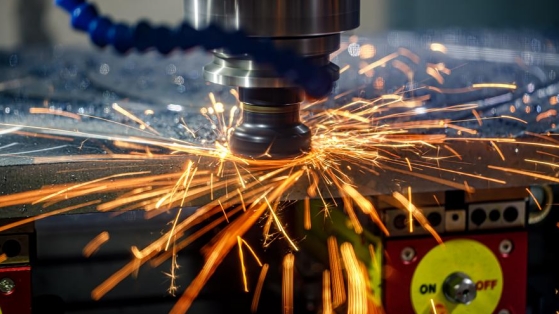
Seven Key Strategies to Address Titanium Alloy Machining Challenges:
1、Enhanced Cooling: Utilize efficient cooling fluids or low-temperature cutting technologies, such as liquid nitrogen or liquid CO2, to effectively control the temperature in the cutting zone, protect the tools, and improve machining quality.
2、Optimized Tool Selection: Choose appropriate tool materials and structures based on the machining characteristics of titanium alloys, such as using high-positive-rake indexable inserts and coated tools, to reduce cutting forces and friction, thereby extending tool life.
3、Stable Feed Rates: Maintain a consistent feed rate to minimize work hardening while considering increasing the feed rate to reduce the tool's dwell time in the cutting zone, thereby reducing heat accumulation.
4、Low-Speed Cutting: Given the machining characteristics of titanium alloys, appropriately reduce cutting speeds to control heat generation and protect both the tool and the workpiece.
5、Flexible Tool Replacement: Depending on the batch size and process requirements, flexibly choose between high-speed steel tools or carbide tools to balance machining efficiency and cost.
6、Machine Tool Upgrades: Use high-rigidity machine tools to effectively absorb vibrations during machining, reduce chatter, and enhance machining stability and precision.
7、Detailed Maintenance: Regularly clean machining equipment and tools to prevent chip buildup, maintain a clean working environment, and ensure a smooth machining process.
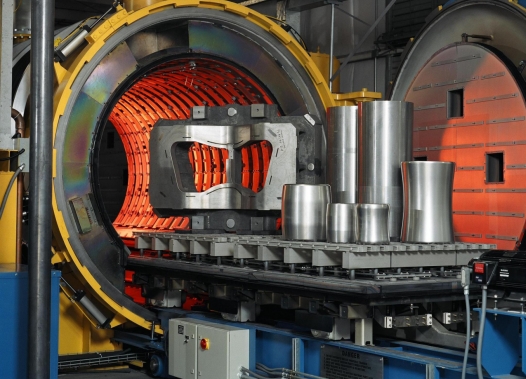
By implementing these seven strategies, engineers can effectively tackle the challenges in titanium alloy machining, paving the way for broader applications and development of titanium alloys across various industries.
 English
English  日本語
日本語  한국어
한국어  français
français  Deutsch
Deutsch  русский
русский 

